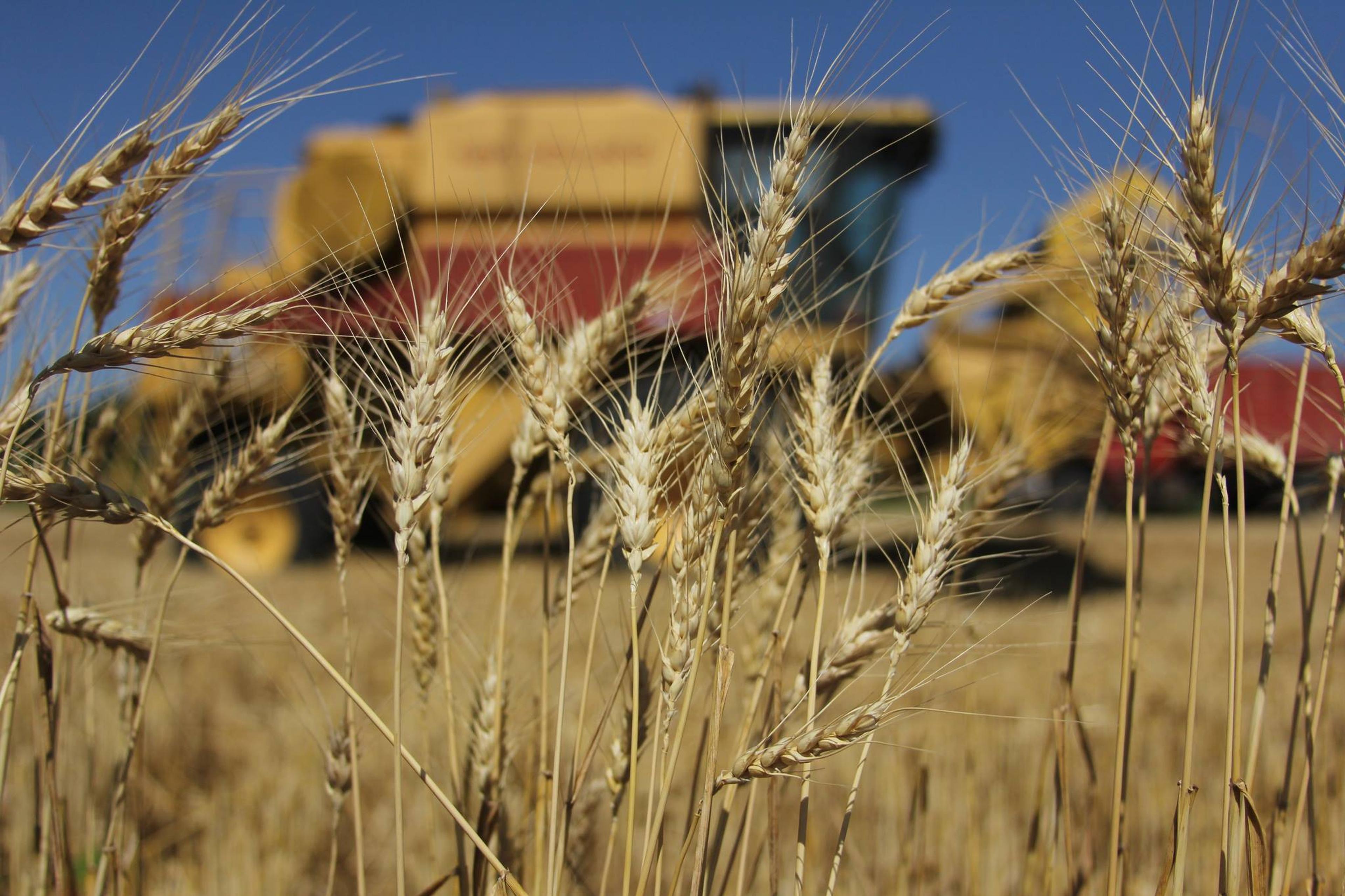When you’re juggling hay production, custom baling, and row crops across the Kansas plains, it’s easy to let paperwork pile up. For Magnus Peterson, a third-generation farmer in Lindsborg, Kansas, that was the reality: a growing business with serious demands and a shoebox stuffed full of receipts.
Peterson, 29, started farming early. In high school, he launched a custom haying business to bring in extra income for the family farm. “I’ve been at it for 12 or 15 years now,” he said. “And we’re still learning and growing every day.” Today, his operation includes both custom and retail hay production, along with grain farming.
Problem: Flying blind at year-end
“I didn’t do a good job managing the books early on,” Peterson admitted. “I just had a notebook and a file folder full of invoices and receipts.”
For years, he handled invoicing manually using spreadsheets, something he didn’t mind at first since “I’ve always liked spreadsheets.” But as the operation grew, so did the paper trail. “You just have a pile of spreadsheets and then when it comes tax time, it's easy to get caught up and just kind of rush it together and be like, it is what it is.”
That rush meant relying on memory or guesswork. “It wasn’t fresh in your memory,” he said. “You'd go through invoices or bills and be like, wait a minute, I kind of remember spending this. But what was it exactly and what was it for?”
The result: lost time, lost clarity, and a creeping sensation that the business could be more strategic, if only the numbers were easier to track.
“As I grew more, I started realizing how critical documenting and tracking and understanding numbers is to running a business,” said Peterson. “I had been using QuickBooks and it was, you know, fine. But there were a lot of user things that didn't flow smoothly.”
Solution: Accounting built for ag
Peterson switched his books over to Ambrook in early 2024. The shift wasn’t just about using different software—it was a mindset change. “The Ambrook system makes it intuitive. That's how Ambrook makes it quick.”
After hearing about the platform, he watched a few videos on Ambrook’s YouTube channel. “I really like the idea that a lot of it was tailored towards ag,” he said.
Tasks that used to pile up became manageable:
Receipt tracking. “Ambrook automatically uploads your receipts, pulls out the line items and then you can just categorize them,” Peterson said. “If I go to the parts store and have a couple receipts in my center console, I can just pull up the app on my phone, take a picture, and tag everything precisely. Then it’s done.”
Invoicing. “I like that with the in-house invoicing, I can also track customer payments. Now that I can have everything set up with customer tags in Ambrook, it just saves so much time. If I get scale tickets for hay, I just enter in the tonnage, tag the customer, and the invoice is done. That has saved a tremendous amount of time.”
Expense tagging. “The automation of tagging expenses is great,” he said. “Instead of manually going through and clicking and clicking and clicking, it’s like—oh, okay, this is tagged already, that’s tagged. Ambrook does it for you.”
Ambrook’s automated, intuitive bookkeeping tools have made a big difference. “Instead of waiting for a rain day and staring at 20 stacks of paper, now I do it once a week,” Peterson said. “It takes 30 minutes, maybe an hour. And then I’m ahead.”
Results: Tracking profitability across enterprises
Time savings were just the start. Peterson began tagging income and expenses to individual enterprises, like his hay operation and row crops, which has given him a clearer view of what’s working in his operation and what’s not.
“I want to get to the point where I have a complete financial understanding of the business,” he said. “When it comes to the finances of farming, it's easy to kind of fly by the seat of your pants. I used to do it a lot. Then you start realizing that the amount of money you touch coming in and out is a tremendous amount.”
He’s now paying closer attention to what’s profitable and what needs to change. “It’s important to be able to understand how much you can actually keep in your pockets and where you can cut back… if there's something on a several year cycle that's not profitable, well, what can we do to make a change to make it look better financially?”
Though he’s still building out his data in Ambrook, he expects this fall to be his first fully enterprise-analyzed season. “When all the hay is sold and the grain is in, I’ll be able to see what’s really working.”
His relationship with his accountant is evolving, too. “I used to wait until the last minute and hand over a shoebox full of receipts,” he said. “Now I’m beginning to bring him into Ambrook so we can check things quarterly. If we’re profitable two months before the year ends, we can make smart investments, or hold off on spending if we’re not in the green.”
Conclusion: Advice to others
“Change is scary,” Peterson said. “In farming, there’s a lot of tradition, and that’s hard to break. But if you want your business to last, you need to understand your numbers. That’s what gives you a fighting chance to stay profitable in a harsh and uncontrollable business environment."
The hay still needs baling. And the fields still need tending. But the receipts aren’t in a shoebox anymore, and the spreadsheets aren’t stacked up waiting for a rainy day. And Magnus is no longer guessing where the money’s going. He’s got a clearer view of the road ahead, and the data to back every decision.
